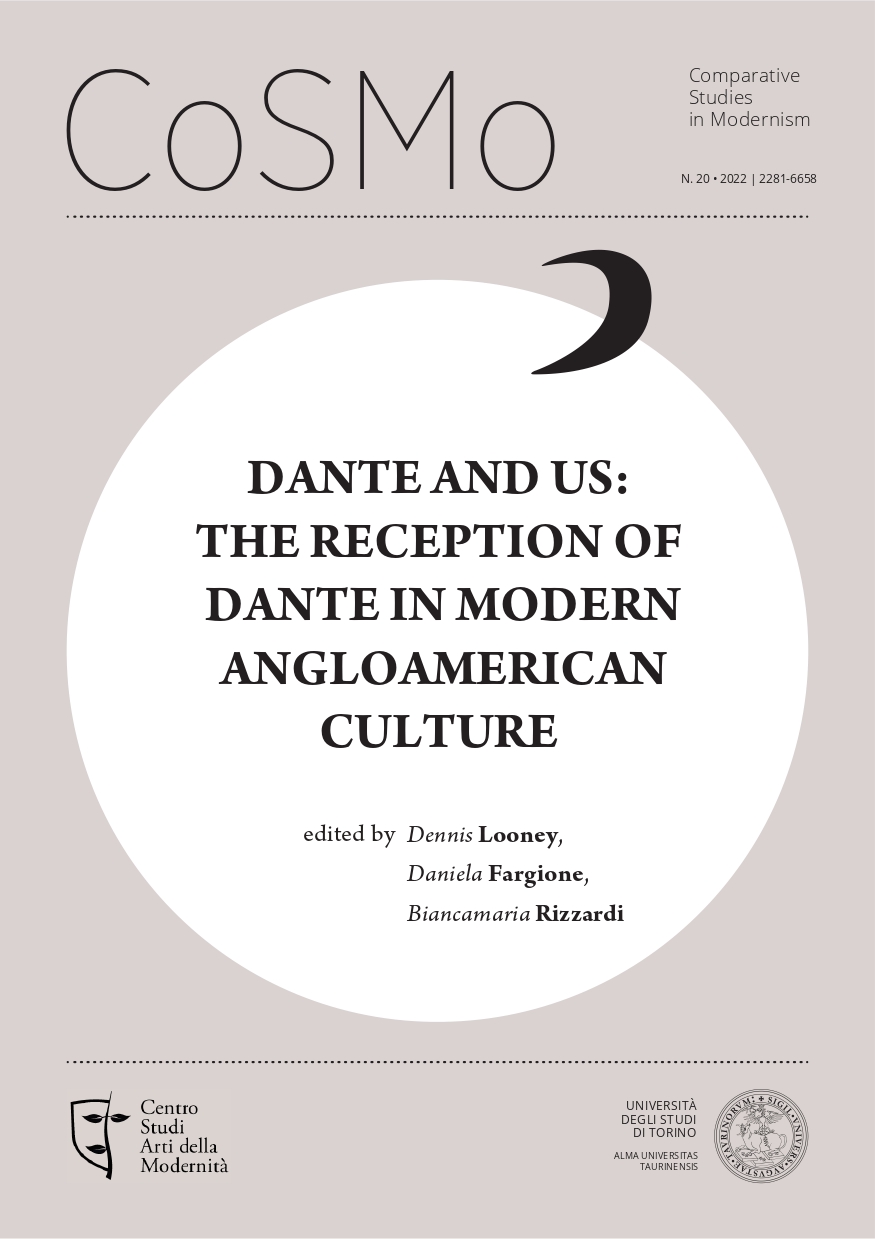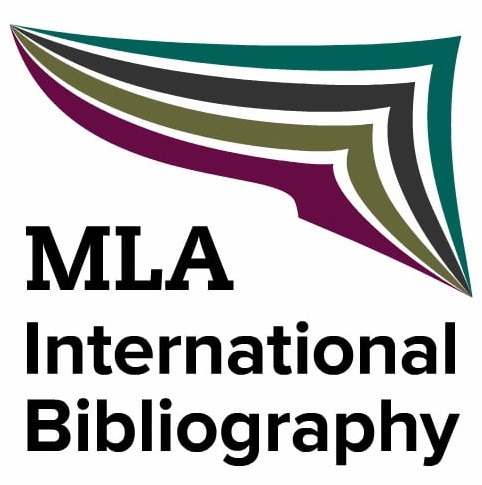“What Dante means to me”
Dante ed Eliot fra i modernisti americani
DOI:
https://doi.org/10.13135/2281-6658/6516Parole chiave:
Modernism, Influence, Translation, Hell, ConversionAbstract
The paper takes its title from a lecture given by T.S. Eliot in 1950, in which he pointed out the lessons Dante had taught him. In fact Dante remains Eliot’s chief model and point of reference throughout his work. His first collections present characters and encounters reminiscent of Dante’s dialogues with the damned and purging souls in the afterlife. Eliot saw in Dante “the great master of the disgusting”, authorizing his own descent into the sordid world of the Sweeney poems of 1920. But Dante is also a guide to an earthly paradise, to bliss and acquiescence in God’s will – states of mind approached in the poems written after Eliot’s conversion, which are meditative soliloquies rather than confrontations with others. In Dante Eliot detected, surprisingly, “the Catholic philosophy of disillusion”, that is, his own somber view of fallen humanity. This position is shared to some extent by Robert Frost (whose characters are often in pain, and whose worldview is dark, if ironic). Other modernists, like Wallace Stevens and Ezra Pound, are more optimistic about the pursuit of worldly happiness, and so come well within Protestant tradition. Dante is barely alluded to by Stevens, who attempted to write as if there were no precedent, while the entire project of Pound’s Cantos is Dantean, even in the violence of their denunciations and maddening topicality, as well as in their recurrent revelations of a proximate paradise.
Downloads
##submission.downloads##
Pubblicato
Fascicolo
Sezione
Licenza
Gli autori mantengono i diritti sulla loro opera e cedono alla rivista il diritto di prima pubblicazione dell'opera, contemporaneamente licenziata sotto una Licenza Creative Commons - Attribuzione che permette ad altri di condividere l'opera indicando la paternità intellettuale e la prima pubblicazione su questa rivista.







